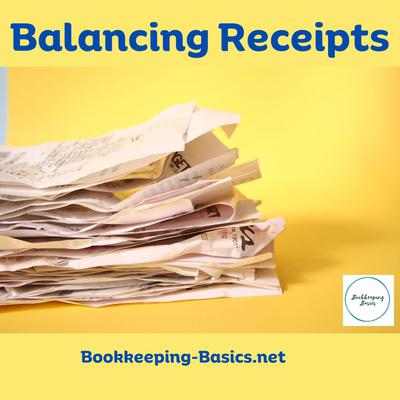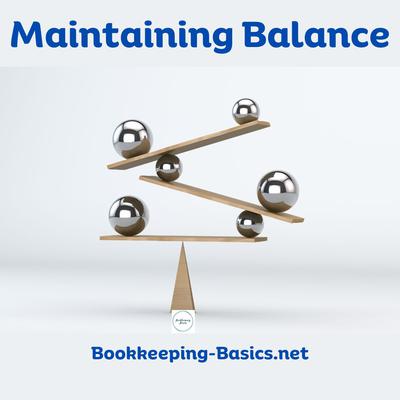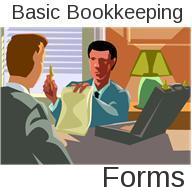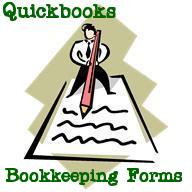- Home
- Questions and Answers
- Open Balance Equity
Balance Cash Book
by Lisa Alexander
(Castries )
Patricia records her bank and cash transactions in a column cash book. On 1st of a certain year, she had a cash balance of 110 and a bank overdraft of 745. The following transactions took place during June of the same year:
8th: Received a cheque from Alan in full settlement of a debt of 100. Alan deducted a 4% settlement discount.
15th: Withdrew 150 cash for personal use.
16th: Paid William 180 by cheque, in full settlement of a debt of 190.
Made cash sales of 500, of which 400 was paid straight into the bank and 100 into the cash account.
Paid salaries and wages of 1000 by cheque.
Write up the cashbook of Patricia for the month of June of that year. Balance the cash book and bring down the balance at 1st of July of the same year.
Comments for Balance Cash Book
|
||
|
||
Balancing Daily Receipts
by C. Jones
(Spokane, WA)
I recently had a random Dept. of Revenue Excise Tax audit for my business. It all turned out ok but now I'm wondering if my daily receipts should balance out with the deposits. Some deposits are made after the end of the month and show up on the following month. Help! :)
Comments for Balancing Daily Receipts
|
||
|
||
Balancing FICA
Working as a church bookkeeper, When I enter payroll checks into QuickBooks, I enter the social security and Medicare separately with the following account titles and explanations. Payroll Liabilities with a negative amount as Employee portion; Tax: Soc Sec or Medi with a positive amount and explained as church tax liability; then under Payroll Liabilities I use a negative amount with the explanation of church portion. This seems to create the report I want for the church board and the check balances. Is this, okay?
My problem seems to arise when I want to balance that against the payments made to the government for the withholding taxes. Should I be making the payments to the IRS or to the US Treasury and do I post it as a positive or negative number to Payroll Liabilities (SS & Med) or tax SS & Med? Will these numbers show up on the report? The help resource on my bookkeeping program seems to indicate it would not.
Comments for Balancing FICA
|
||
|
||
Balancing Year End Bookkeeping
I do not know what part of the balance sheet reads to what part of the P&L. Also, what should I look for when balancing? I know about bank balances, AR & AP. What else? What should I do at year end?
Comments for Balancing Year End Bookkeeping
|
||
|
||
Maintaining The Balances
by Diana
(South Africa)
I have three investment accounts in G-Ledger, all of them are debit accounts. Let's call them Account I, Account II, and Account III. Money is transferred from Account III to Account II, and I can journal this to reduce the balance in Account III and increase the balance in Account II. When the money arrives in my current bank account, it will be credited off Account II, effectively canceling out the balance.
However, there's another account called Long Term Capital Borrowing, which is a credit account. Its balance is supposed to be the same as Account III, but in the opposite direction. While Account III is a debit, Long Term Capital Borrowing is a credit. To maintain the balance, all I would do is journal a credit in Account III and a debit in the other account.
It's this third transaction that has me stumped. This new bookkeeping software, Pastel, is unfamiliar to me, and even though the books at work are fairly simple, I feel like I'm having trouble understanding it.
Comments for Maintaining The Balances
|
||
|
||
Open Balance Equity
by Barbara Stone
(Marshall NC USA)
I have just learned QuickBooks. I know that you put a certain amount in opening balance equity to be distributed to each individual account. After doing so, does the opening balance equity amount ever change on the balance sheet of the individual account?
Comments for Open Balance Equity
|
||
|
||
Please subscribe to my monthly newsletter, Bookkeeping Basics E-zine. It tells you every month about the new information that I have added, including some great tips and advice from myself and other Bookkeeping Basics readers.
Like Bookkeeping-Basics.net?
- Home
- Questions and Answers
- Open Balance Equity


















